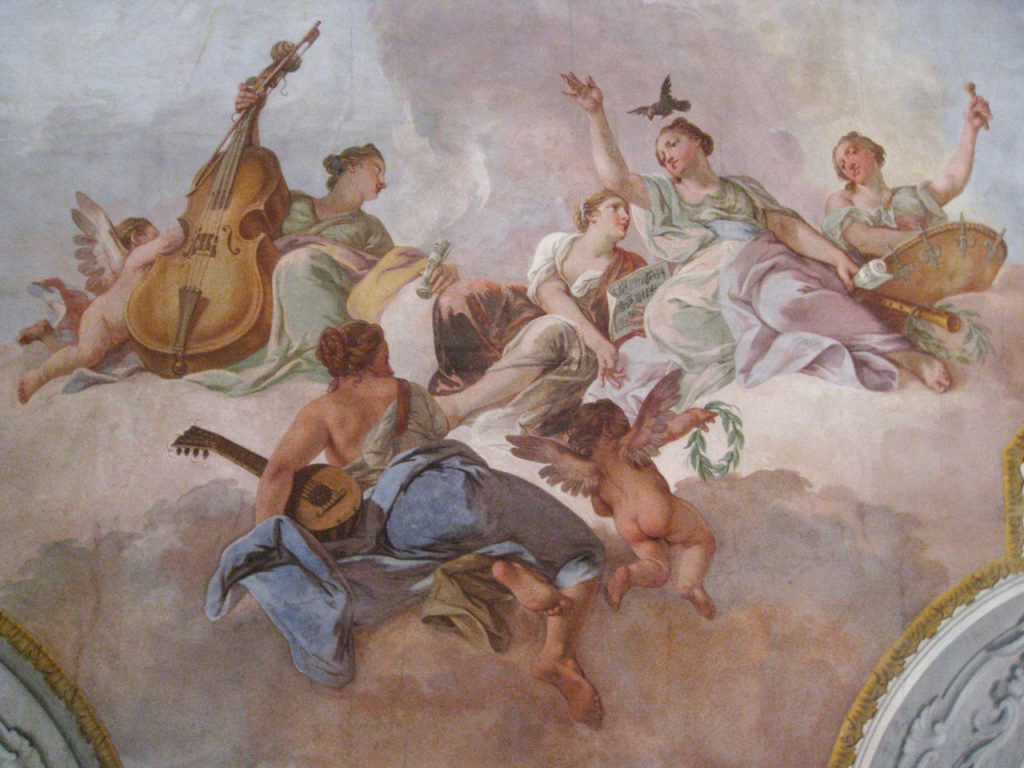
Teatri e musica a Venezia
Già nel Rinascimento, Venezia era considerata la città della musica. La Basilica di San Marco era rinomata a livello internazionale per il suo stile musicale policorale ed è stata sede di direttori e compositori di talento come Claudio Monteverdi, e di organisti e compositori come Andrea e Giovanni Gabrieli. Il XVIII secolo fu anche caratterizzato da una sorta di "febbre dell'opera". Concerti e spettacoli si svolgevano in teatri pubblici, in palazzi privati e anche negli “Ospedali”, istituzioni religiose dedicate all'educazione degli orfani.
Questo tour può iniziare nella piccola sala da musica (ingresso a pagamento su prenotazione) dell'elegante "Ospedaletto" vicino a San Giovanni e Paolo, dove l'alta società del Settecento veneziano si deliziava ad ascoltare i cori femminili.
Non lontano dall'Ospedaletto si trova la chiesa della Pietà, la cui architettura fu concepita oltre che per scopi religiosi, anche per eseguire e ascoltare al meglio la musica di Vivaldi, che aveva insegnato per molti anni all'Ospedale. All'interno visiteremo le "Cantorie", l'area dove cantavano le ragazze e da dove si possono ammirare gli affreschi del Tiepolo.
L'amata Fenice, il teatro d'opera ricostruito una seconda volta dopo l'incendio del 1996, replica la sontuosa decorazione precedente e trasmette ancora la passione per la musica della Venezia ottocentesca.
Chi ha interesse per la “Commedia dell'Arte” con i suoi personaggi quali Arlecchino, Pantalone e Brighella, consiglio una visita al minuscolo Centro di Studi Teatrali e Museo di Ca 'Goldoni.


